Home>Others>Eco-Friendly Products>How To Keep Bugs Out Of A Compost Bin
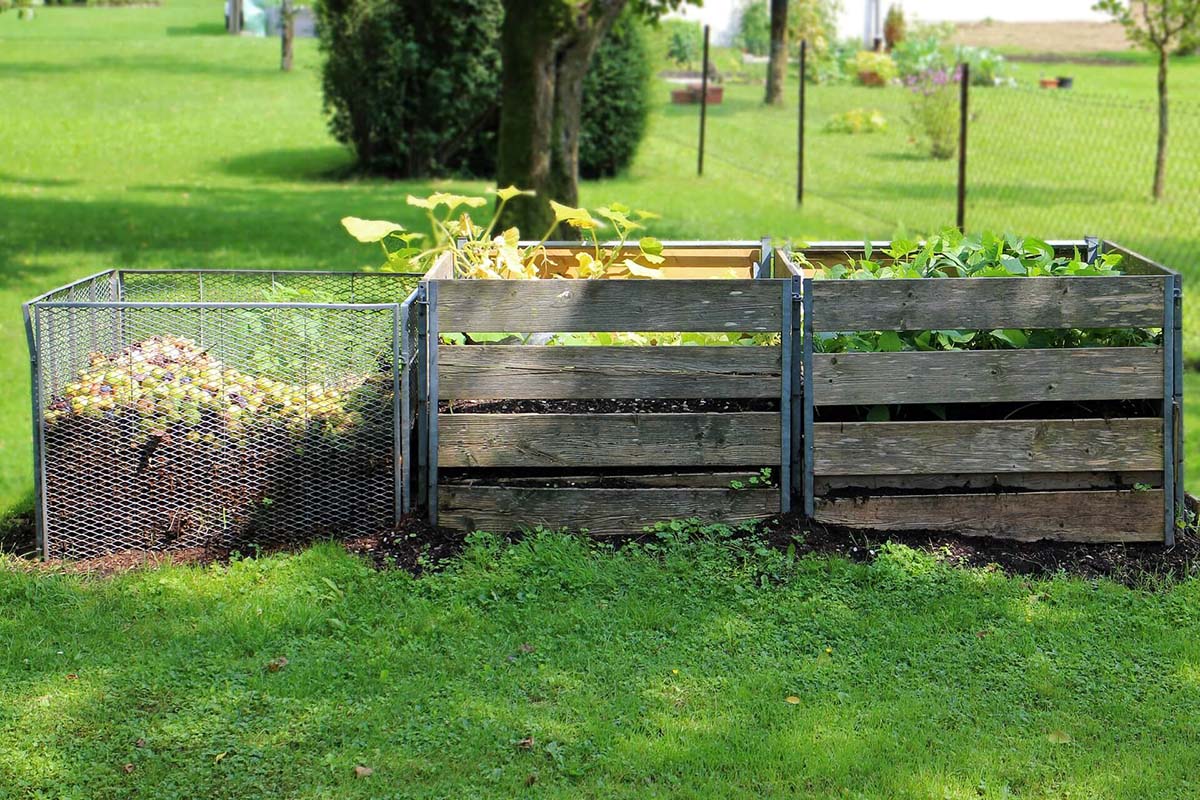

Eco-Friendly Products
How To Keep Bugs Out Of A Compost Bin
Modified: January 14, 2024
Learn how to keep bugs out of your compost bin with eco-friendly products and simple tips. Keep your composting process clean and efficient.
(Many of the links in this article redirect to a specific reviewed product. Your purchase of these products through affiliate links helps to generate commission for Storables.com, at no extra cost. Learn more)
Introduction
Welcome to the wonderful world of composting! If you’re passionate about sustainability and reducing your environmental impact, composting is a fantastic way to minimize food waste and create nutrient-rich soil for your garden. However, one common challenge that composters encounter is dealing with bugs in their compost bins. While bugs play a crucial role in the decomposition process, an overabundance of certain insects can disrupt the balance and functionality of your compost. In this comprehensive guide, we’ll explore practical strategies to keep bugs out of your compost bin while maintaining a healthy and thriving composting environment.
Whether you’re a seasoned composter or just getting started on your eco-friendly journey, understanding how to manage bugs in your compost bin is essential for successful composting. By implementing the tips and techniques outlined in this article, you’ll be able to enjoy the benefits of rich, fertile compost without the hassle of dealing with pesky bugs.
Key Takeaways:
- Keep bugs out of your compost bin by choosing the right location, using the right materials, and maintaining a balanced compost pile. Regular monitoring and adjustments are key to successful bug management.
- Covering your compost bin and actively managing its contents can create a pest-resistant environment for healthy composting. Embrace sustainable practices and enjoy the rewards of nutrient-rich compost.
Understanding the Importance of Keeping Bugs Out
While bugs are a natural part of the composting process and can contribute to the breakdown of organic matter, an excessive presence of certain insects can lead to imbalances and potential issues within the compost bin. Some bugs, such as fruit flies, gnats, and certain types of beetles, are attracted to the decaying organic material in the compost and can quickly multiply if conditions are favorable. When their population becomes too large, it can result in unpleasant odors, slow decomposition, and an overall disruption of the composting process.
Additionally, certain types of bugs, such as ants, can be drawn to compost bins in search of food and shelter. While their presence alone may not be harmful, an overabundance of ants can indicate an imbalance in the compost, potentially caused by excessive moisture or an overconcentration of certain organic materials. Addressing these issues is crucial to maintaining a healthy and efficient composting system.
Furthermore, if you plan to use the compost in your garden, excessive bug populations can pose a nuisance and potentially introduce pests or diseases to your plants. By actively managing the bug population in your compost bin, you can ensure that the resulting compost is of high quality and free from an overabundance of unwanted insects.
Understanding the importance of keeping bugs out of your compost bin is key to achieving successful and odor-free composting. By implementing effective bug management strategies, you can maintain a harmonious composting environment and reap the benefits of nutrient-rich compost for your gardening endeavors.
Choosing the Right Location for Your Compost Bin
When it comes to setting up your compost bin, selecting the right location is crucial for minimizing the presence of bugs and ensuring optimal composting conditions. Here are some key considerations to keep in mind:
- Sunlight and Shade: Choose a location that receives a good balance of sunlight and shade. While some sunlight is beneficial for the composting process, excessive heat can attract certain types of bugs. Conversely, too much shade can lead to a damp environment that may encourage the proliferation of moisture-loving insects.
- Air Circulation: Opt for a well-ventilated area that allows for adequate air circulation around the compost bin. Good airflow can help prevent the buildup of moisture, which can attract pests such as flies and ants.
- Distance from the House: While convenience is important, it’s advisable to place your compost bin at a reasonable distance from your home to minimize the likelihood of bugs finding their way indoors. Additionally, keeping the bin away from entry points, such as doors and windows, can help prevent bugs from entering your living spaces.
- Accessibility: Ensure that the location is easily accessible for adding materials to the compost bin and for turning or aerating the compost. This accessibility will encourage regular maintenance and monitoring, which are essential for preventing bug infestations and maintaining a healthy composting environment.
By carefully selecting the location for your compost bin and considering these factors, you can create an environment that is less conducive to bug infestations and more conducive to successful composting. The right location sets the stage for effective bug management and optimal composting conditions.
Using the Right Materials
Choosing the appropriate materials for your compost bin can significantly influence the presence of bugs and the overall success of your composting efforts. By incorporating the right mix of organic matter and ensuring proper layering, you can create an environment that discourages excessive bug activity. Here’s how to use the right materials to maintain a healthy composting ecosystem:
- Brown and Green Materials: Balance the carbon-rich “brown” materials, such as dry leaves, straw, and paper, with nitrogen-rich “green” materials, including kitchen scraps, grass clippings, and plant trimmings. This balanced mix not only promotes efficient decomposition but also helps deter certain types of bugs that may be attracted to an overabundance of one material type.
- Avoid Meat and Dairy Products: Refrain from adding meat, fish, dairy products, and oily foods to your compost, as these items can attract pests such as rodents, raccoons, and flies. By excluding these materials, you can minimize the risk of bug infestations and prevent unwanted wildlife from being drawn to your compost bin.
- Chop and Shred Larger Items: Break down larger organic items into smaller pieces to accelerate the decomposition process and discourage pests that may be attracted to whole or unprocessed materials. This practice also helps create a more uniform and well-aerated compost pile, reducing the likelihood of bug-related issues.
- Layering and Mixing: Alternate layers of brown and green materials while periodically turning and mixing the compost to maintain a balanced and aerated environment. This approach not only fosters efficient decomposition but also minimizes the risk of bug infestations by preventing the accumulation of overly wet or compacted areas within the compost.
By being mindful of the materials you introduce into your compost bin and employing proper layering and mixing techniques, you can create a less hospitable environment for bugs while promoting effective decomposition. Using the right materials is a fundamental aspect of bug management and successful composting.
Maintaining the Right Balance
One of the key factors in keeping bugs at bay in your compost bin is maintaining the right balance of organic materials. Achieving a balanced mix of carbon-rich and nitrogen-rich materials is essential for creating an environment that supports healthy decomposition while minimizing the risk of bug infestations. Here’s how to ensure the right balance in your compost:
- Carbon-to-Nitrogen Ratio: Aim for a carbon-to-nitrogen ratio of approximately 30:1 in your compost pile. This balanced ratio provides an ideal environment for the microorganisms responsible for decomposition, resulting in efficient breakdown of organic matter and reducing the likelihood of pest-related issues.
- Adjusting the Mix: Regularly monitor the composition of your compost and make adjustments as needed. If you notice an imbalance, such as an excess of nitrogen-rich materials leading to a strong odor or attracting pests, introduce additional carbon-rich materials to restore equilibrium.
- Moisture Levels: Maintain proper moisture levels within the compost pile, aiming for a damp but not waterlogged consistency. Excessive moisture can create an attractive habitat for pests such as flies and certain types of beetles. Regularly check the moisture content and adjust as necessary to deter bug activity.
- Aeration: Ensure adequate aeration within the compost by turning or aerating the pile regularly. Proper aeration promotes the activity of beneficial microorganisms while discouraging the proliferation of pests that thrive in compacted or anaerobic conditions.
By prioritizing the maintenance of a well-balanced compost pile, you can create an environment that is less hospitable to bugs while fostering efficient decomposition. The right balance is fundamental to successful bug management and the overall health of your composting system.
Regularly turning and aerating the compost can help keep bugs out by creating an environment that is less hospitable to them. This also helps to speed up the decomposition process.
Read more: How To Keep Bugs Out Of A Patio
Regularly Turning and Aerating the Compost
Regular turning and aerating of your compost pile are essential practices that not only facilitate the decomposition process but also help deter bug infestations. By maintaining a well-aerated and evenly mixed compost pile, you can create an environment that is less attractive to certain types of pests. Here’s how to effectively incorporate these practices into your composting routine:
- Turning the Compost: Regularly turn the compost pile using a pitchfork or compost turning tool. This process helps mix the materials, introduce oxygen, and prevent the formation of anaerobic pockets where pests may thrive. Aim to turn the compost every 1-2 weeks, or as needed, to promote even decomposition and discourage bug activity.
- Aerating the Pile: In addition to turning, ensure that the compost pile receives adequate aeration. This can be achieved by poking the pile with a rod or aerating tool to create channels for airflow. Proper aeration supports the activity of beneficial microorganisms while discouraging the proliferation of pests that thrive in compacted or oxygen-deprived conditions.
- Monitoring Temperature: Regularly monitor the internal temperature of the compost pile, as the heat generated during decomposition can help deter pests. A well-maintained compost pile should reach temperatures between 120-150°F (49-65°C), which can deter certain insects and larvae from inhabiting the compost.
- Observing Moisture Levels: Pay attention to the moisture content of the compost and adjust as needed during turning and aerating. Proper moisture levels discourage pests attracted to overly wet or waterlogged conditions, contributing to a less hospitable environment for bug infestations.
By incorporating regular turning and aerating into your composting routine, you can create an environment that is less conducive to bug infestations while promoting efficient decomposition. These practices play a vital role in maintaining a healthy and well-balanced compost pile.
Covering the Compost Bin
Implementing a cover for your compost bin serves as a proactive measure to deter pests and maintain optimal conditions for the decomposition process. By shielding the compost from excessive moisture, pests, and external elements, a well-designed cover can contribute to a healthier and more pest-resistant composting environment. Here are key considerations for covering your compost bin:
- Choosing the Right Cover: Select a cover that provides protection from rain and excessive moisture while allowing for adequate airflow. A breathable cover, such as a tarp or specialized compost bin lid with ventilation, can help maintain optimal moisture levels and discourage pests that thrive in overly damp conditions.
- Securing the Cover: Ensure that the cover is securely fastened to the compost bin to prevent it from being dislodged by wind or wildlife. A snugly fitted cover helps maintain the integrity of the composting environment and reduces the likelihood of pests gaining access to the compost pile.
- Monitoring and Adjusting: Regularly inspect the cover to ensure that it remains in good condition and effectively protects the compost. Make adjustments as needed to address any signs of wear or damage that may compromise its ability to safeguard the compost from pests and excessive moisture.
- Utilizing Compost Bin Design Features: If your compost bin includes built-in features such as a hinged lid or adjustable ventilation, take advantage of these design elements to regulate airflow and moisture while deterring pests. Proper utilization of these features can contribute to a more pest-resistant and well-ventilated composting environment.
By covering your compost bin with a suitable and well-maintained cover, you can create a more pest-resistant and controlled environment for the decomposition of organic materials. This proactive measure supports effective bug management and contributes to the overall success of your composting efforts.
Monitoring and Adjusting as Needed
Regular monitoring of your compost bin is crucial for identifying and addressing potential issues related to bug infestations and overall compost health. By staying attentive to the condition of the compost and making necessary adjustments, you can proactively manage bug-related challenges and maintain an optimal composting environment. Here’s how to effectively monitor and adjust your composting system:
- Visual Inspections: Routinely inspect the compost bin for signs of excessive bug activity, such as an abundance of flies, gnats, or other pests. Additionally, observe the overall appearance and odor of the compost to detect any indications of imbalances or pest-related issues.
- Moisture Checks: Assess the moisture levels within the compost pile by feeling the materials and visually observing the dampness. If the compost appears excessively wet or emits a foul odor, adjust the moisture content by adding dry materials and aerating the pile to discourage pest attraction.
- Temperature Monitoring: Use a compost thermometer to periodically measure the internal temperature of the compost pile. Ensure that the temperature remains within the optimal range of 120-150°F (49-65°C) to deter certain pests and promote effective decomposition.
- Material Adjustments: Based on your observations, make necessary adjustments to the compost materials to restore balance and discourage pest activity. This may involve adding additional carbon-rich materials, aerating the pile, or modifying the composition to create a less hospitable environment for pests.
By actively monitoring the condition of your compost and promptly making adjustments as needed, you can mitigate bug-related challenges and maintain a healthy composting environment. This proactive approach supports effective bug management and contributes to the successful decomposition of organic materials.
Conclusion
Successfully managing bugs in your compost bin is a vital aspect of maintaining a healthy and efficient composting system. By implementing the strategies outlined in this guide, you can create an environment that minimizes the presence of pests while fostering optimal conditions for the decomposition of organic materials. From choosing the right location and materials to actively monitoring and adjusting your compost pile, each step plays a crucial role in creating a pest-resistant and productive composting environment.
It’s important to recognize that bugs are a natural part of the composting process and can contribute to the breakdown of organic matter. However, by maintaining a well-balanced compost pile, incorporating regular maintenance practices, and utilizing proactive measures such as covering the compost bin, you can significantly reduce the risk of bug infestations and related challenges.
Remember that successful bug management in composting is an ongoing endeavor that requires attentiveness and adaptability. Regular monitoring, adjusting the compost materials, and ensuring proper aeration and moisture levels are essential for creating an environment that discourages pests and supports the effective decomposition of organic waste.
By prioritizing bug management and maintaining a healthy composting environment, you can enjoy the benefits of nutrient-rich compost while minimizing the disruptions caused by excessive bug activity. Embracing these practices not only enhances the functionality of your compost bin but also contributes to your commitment to sustainable living and environmental stewardship.
With a proactive approach to bug management and a dedication to maintaining a well-balanced and pest-resistant composting environment, you can continue to enjoy the rewards of successful composting while minimizing the challenges associated with unwanted pests. Here’s to creating thriving compost and contributing to a greener, healthier planet through sustainable practices.
Frequently Asked Questions about How To Keep Bugs Out Of A Compost Bin
Was this page helpful?
At Storables.com, we guarantee accurate and reliable information. Our content, validated by Expert Board Contributors, is crafted following stringent Editorial Policies. We're committed to providing you with well-researched, expert-backed insights for all your informational needs.
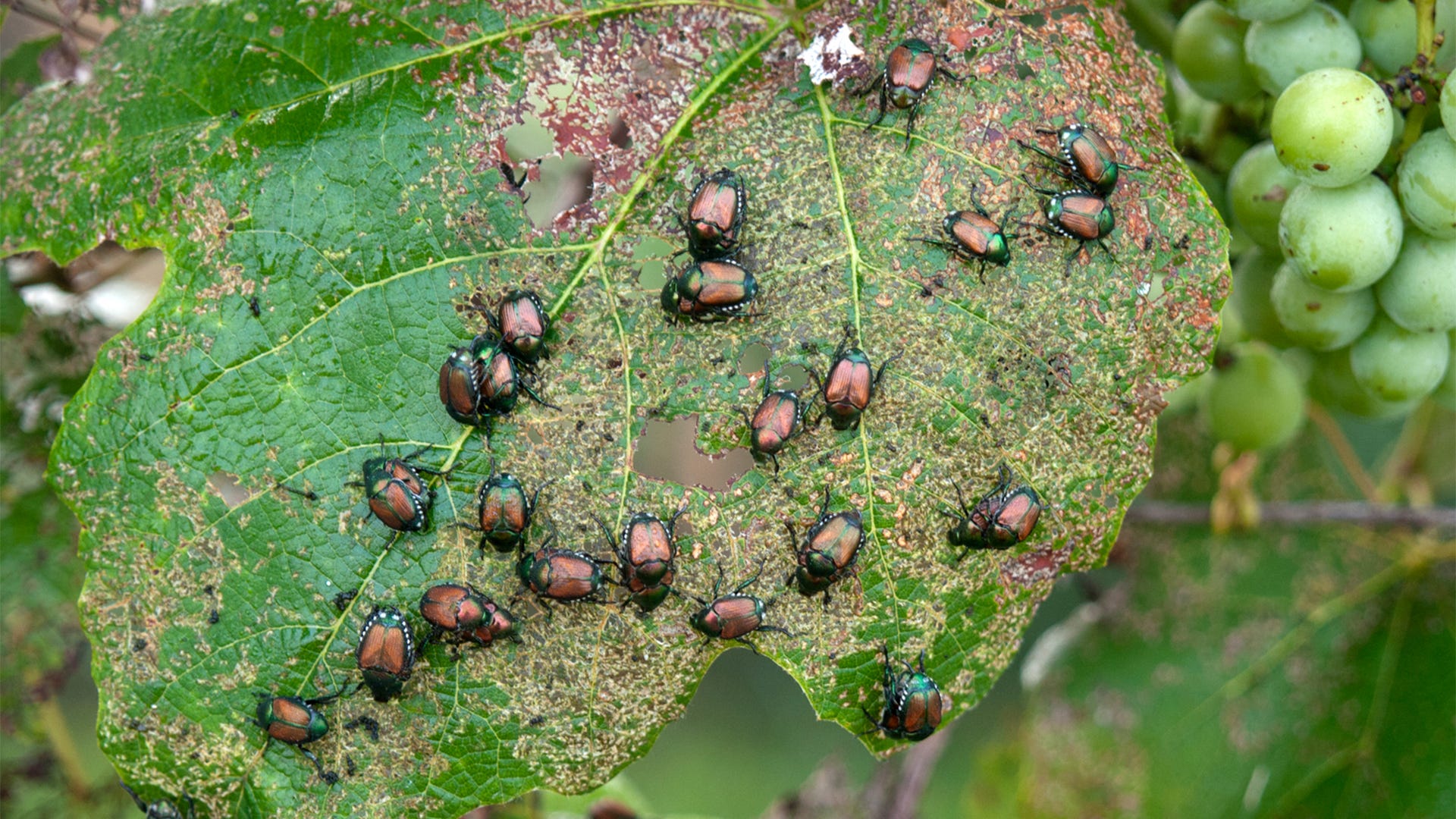
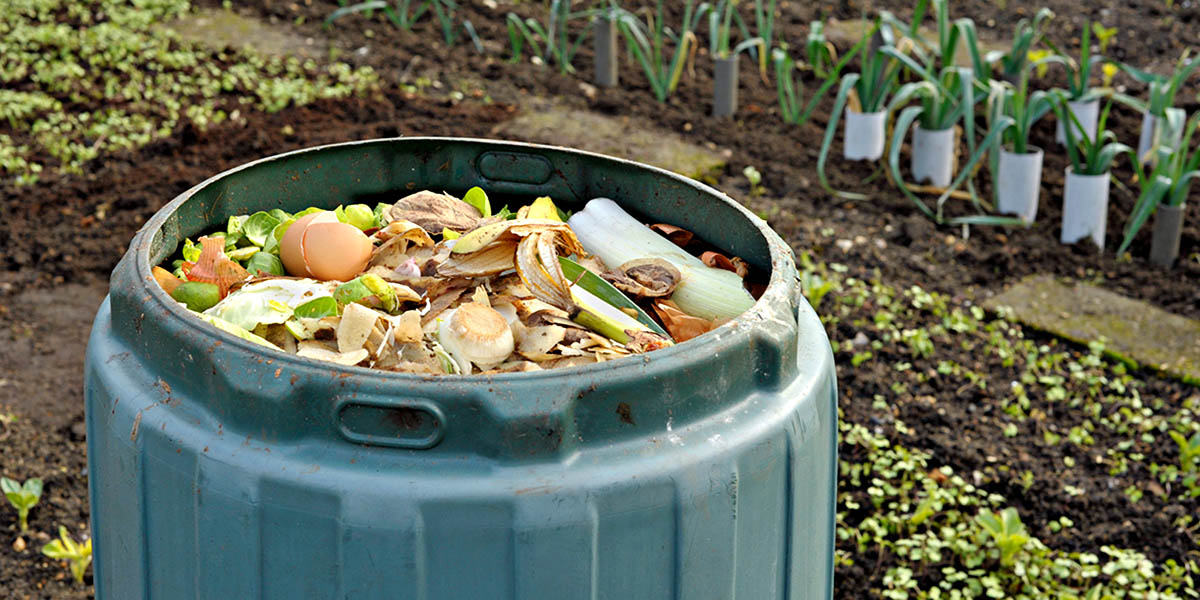
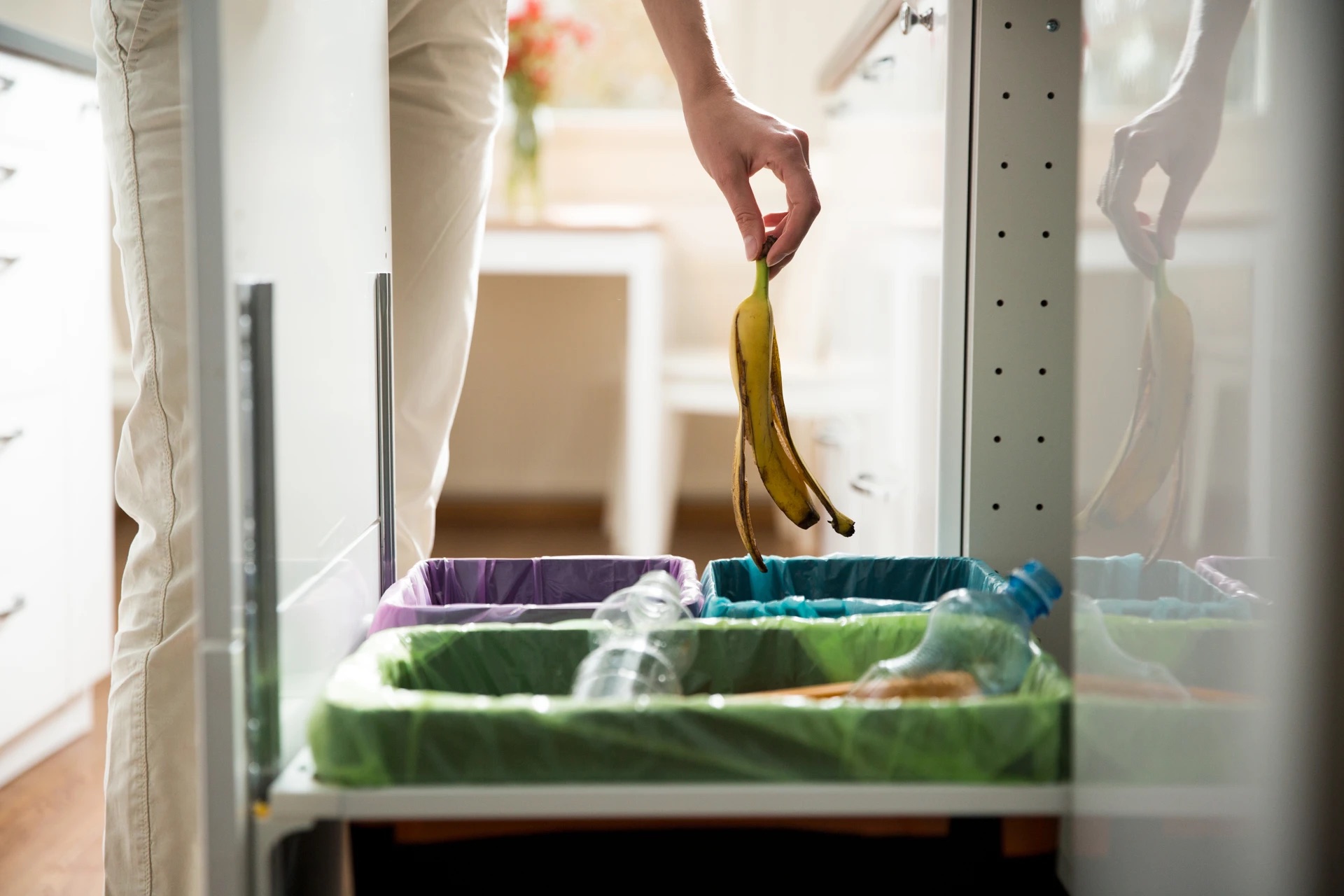
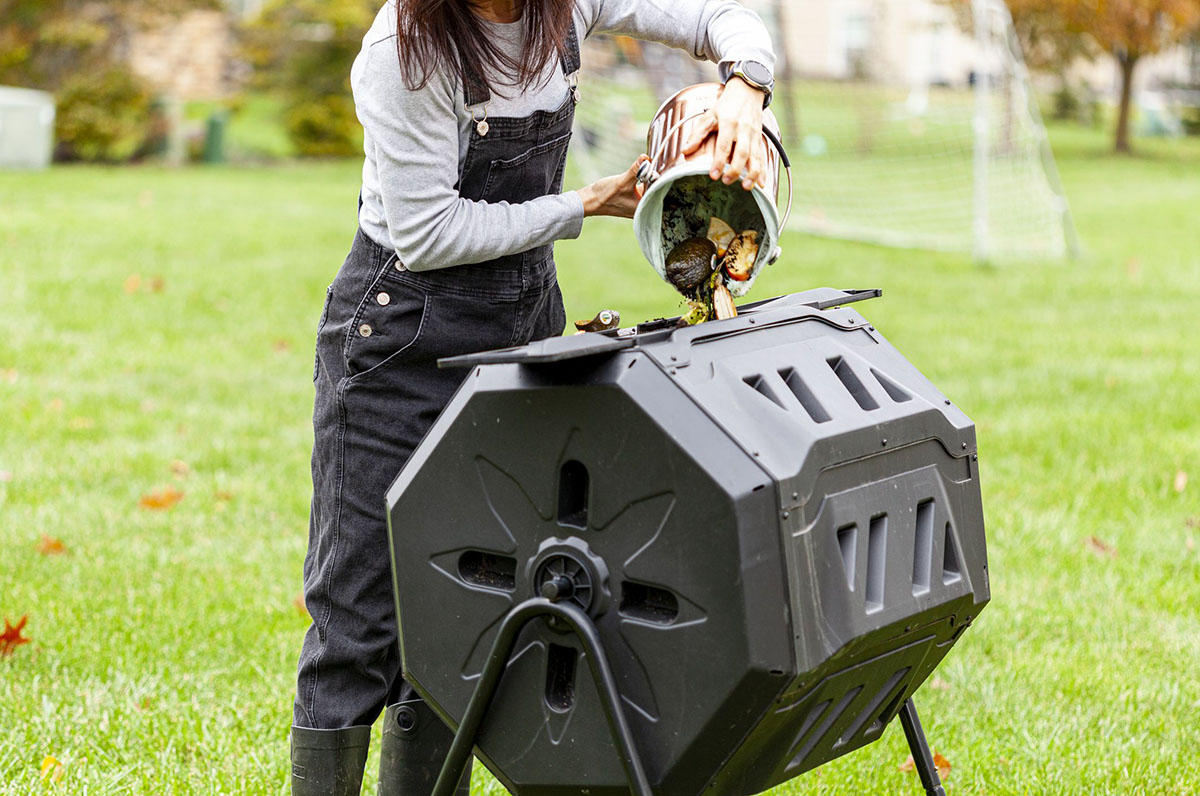
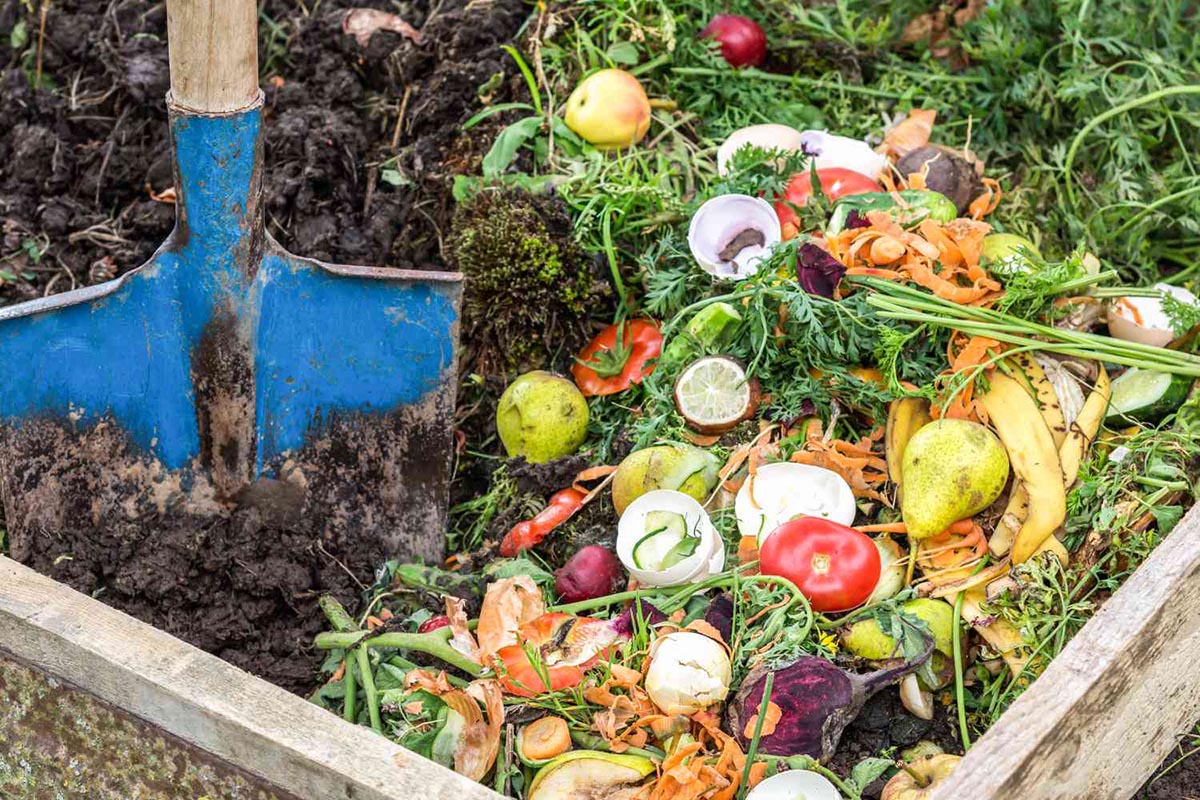
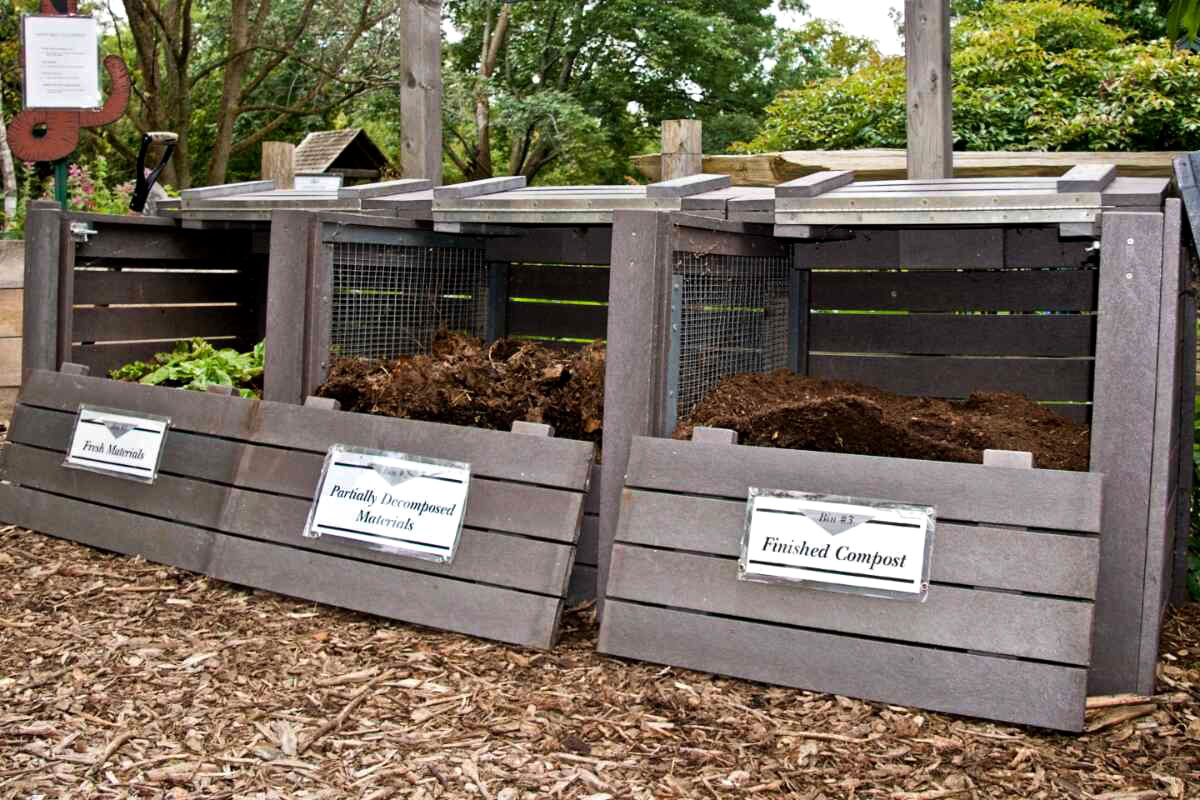
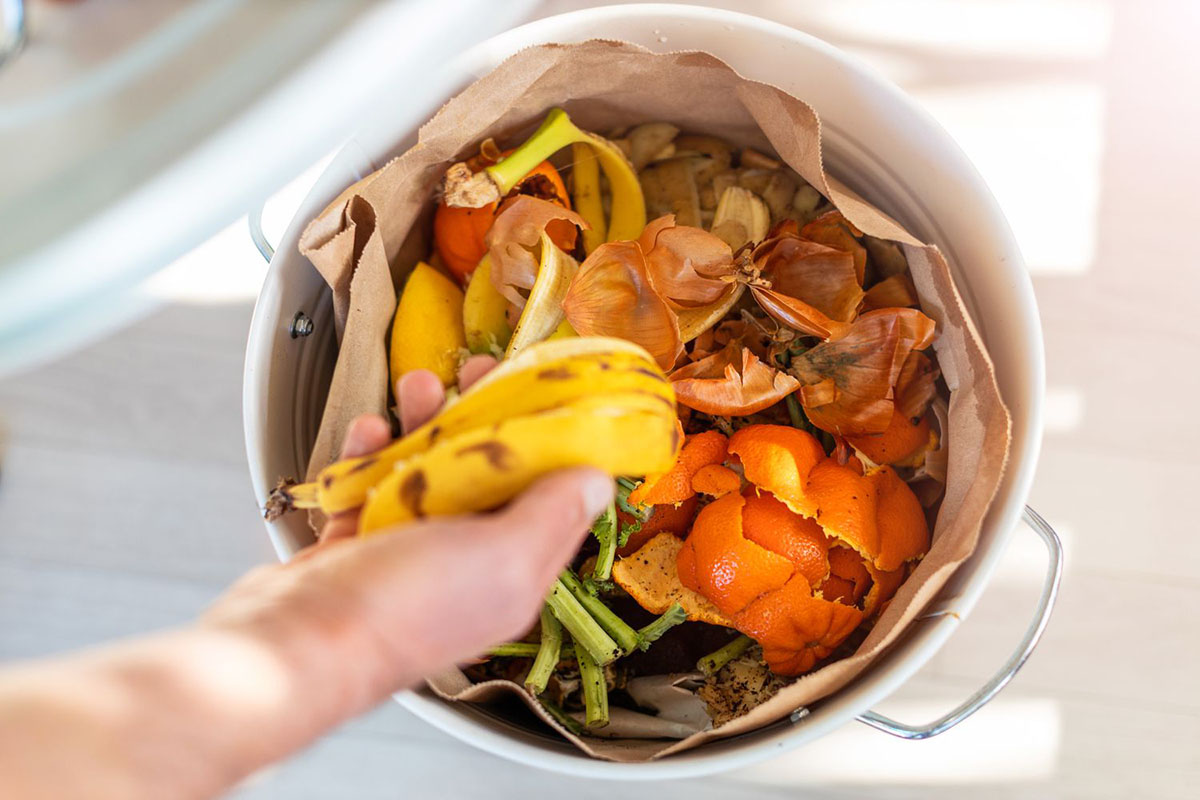
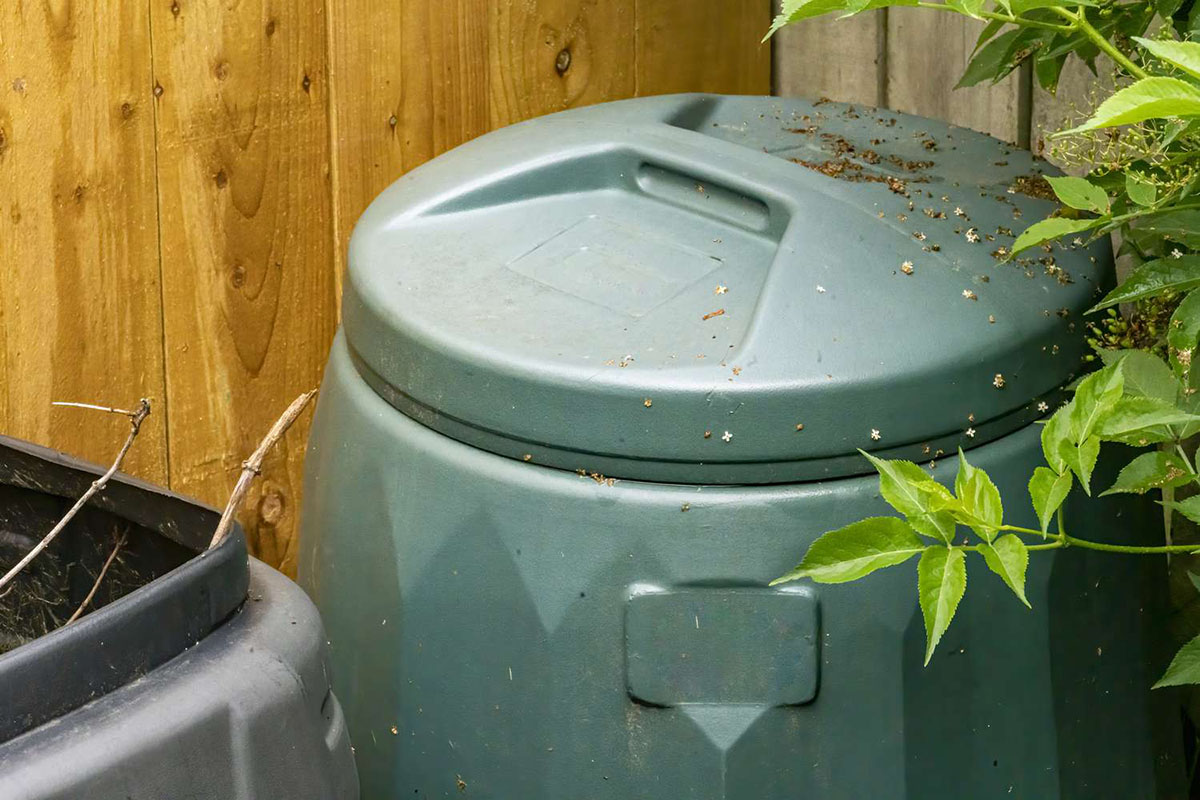
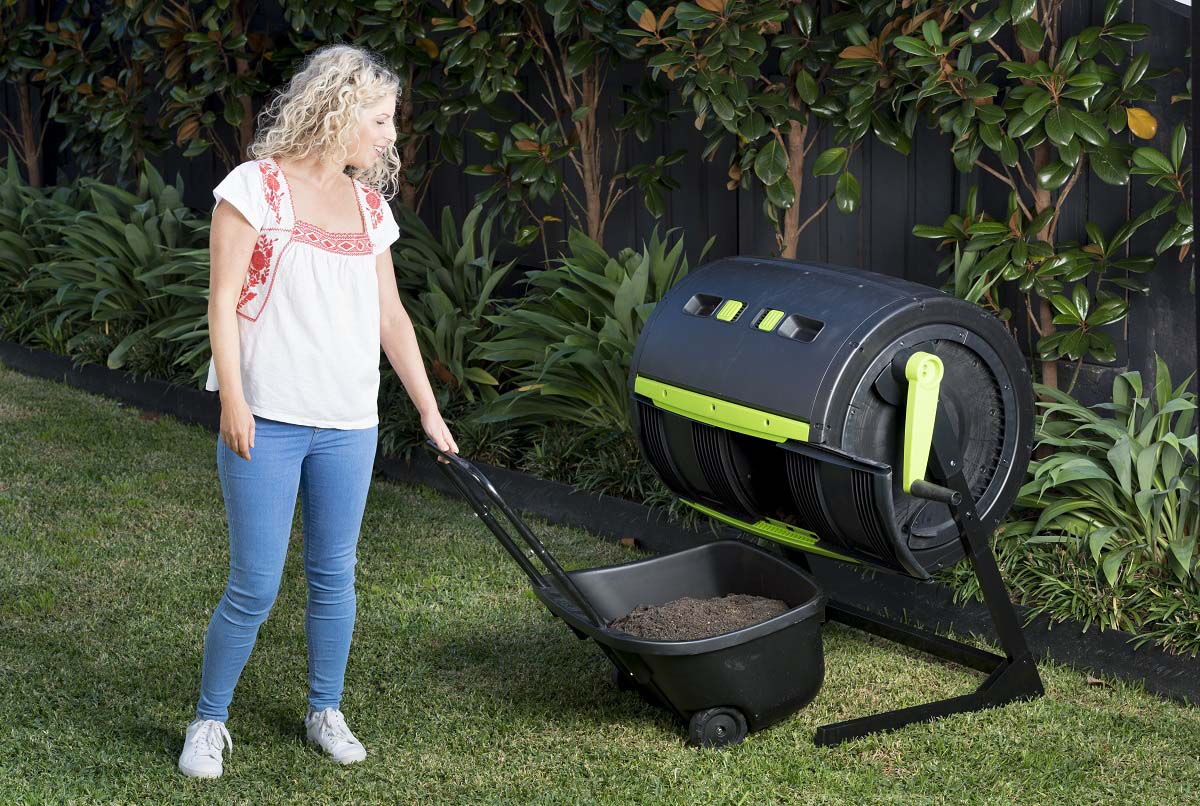
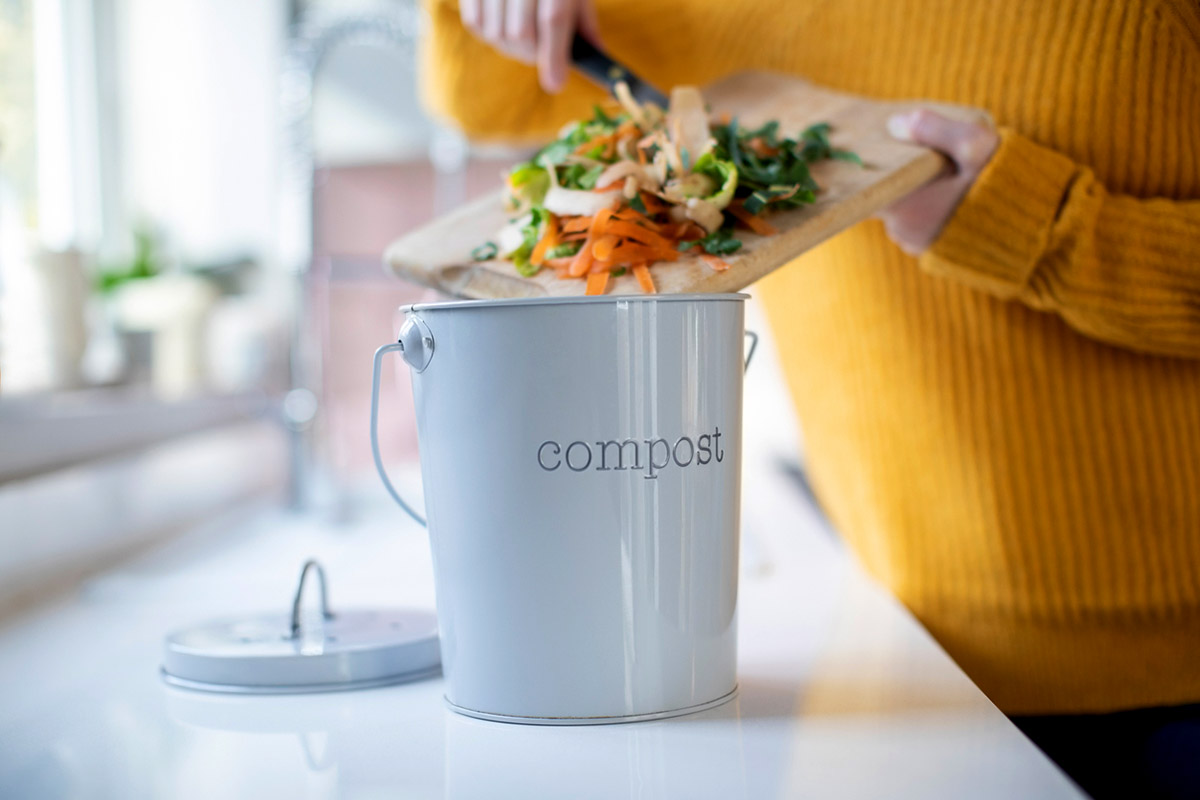
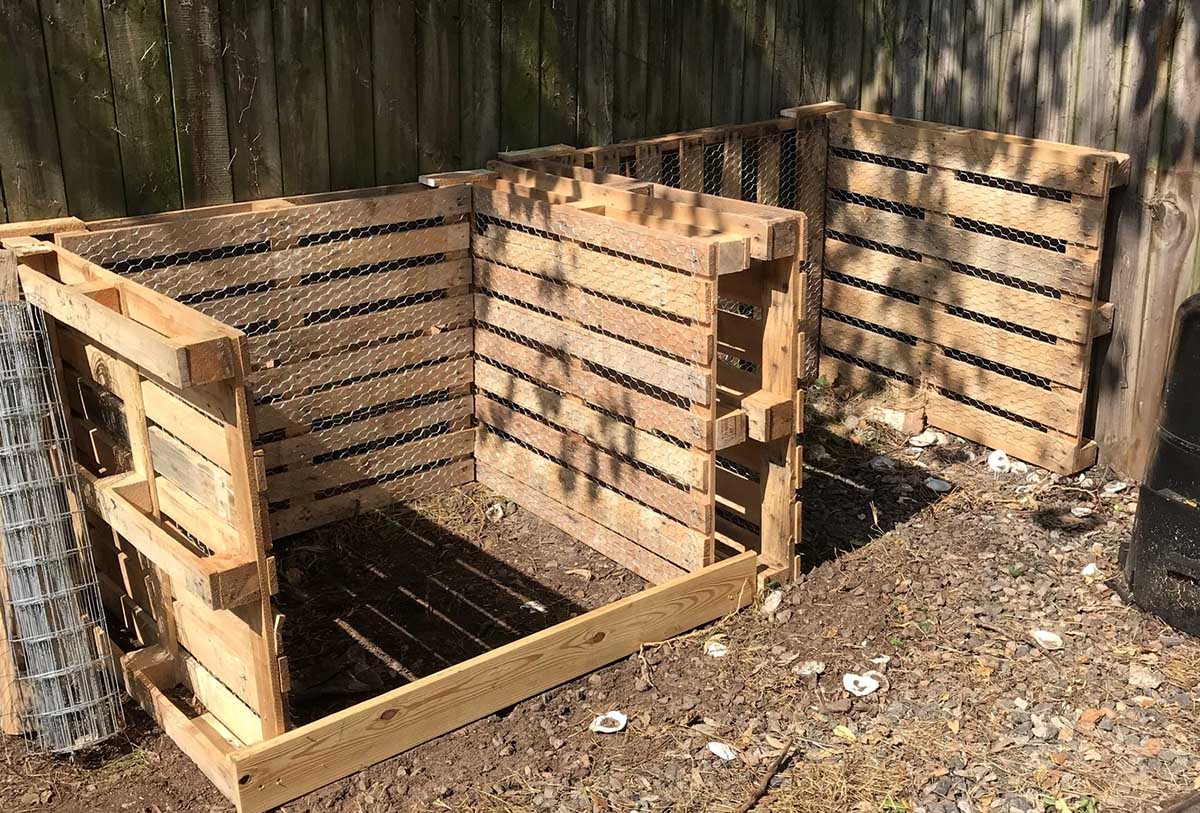
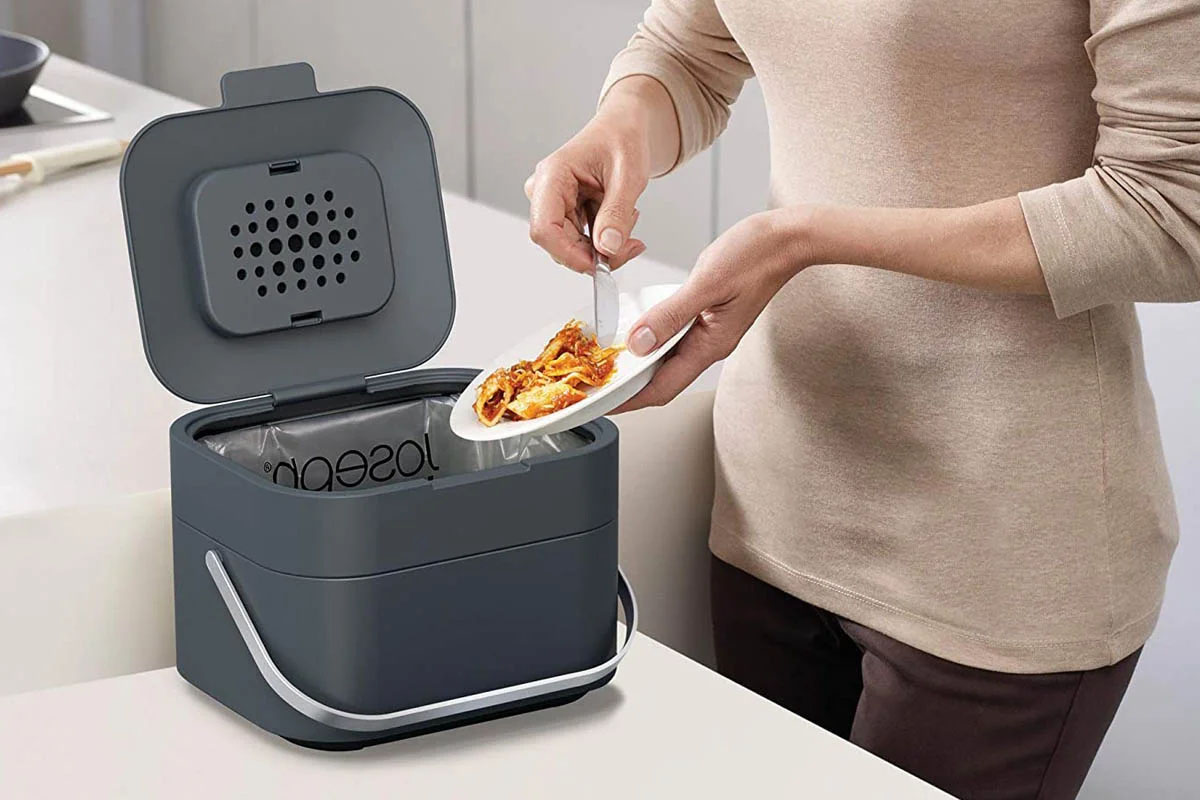
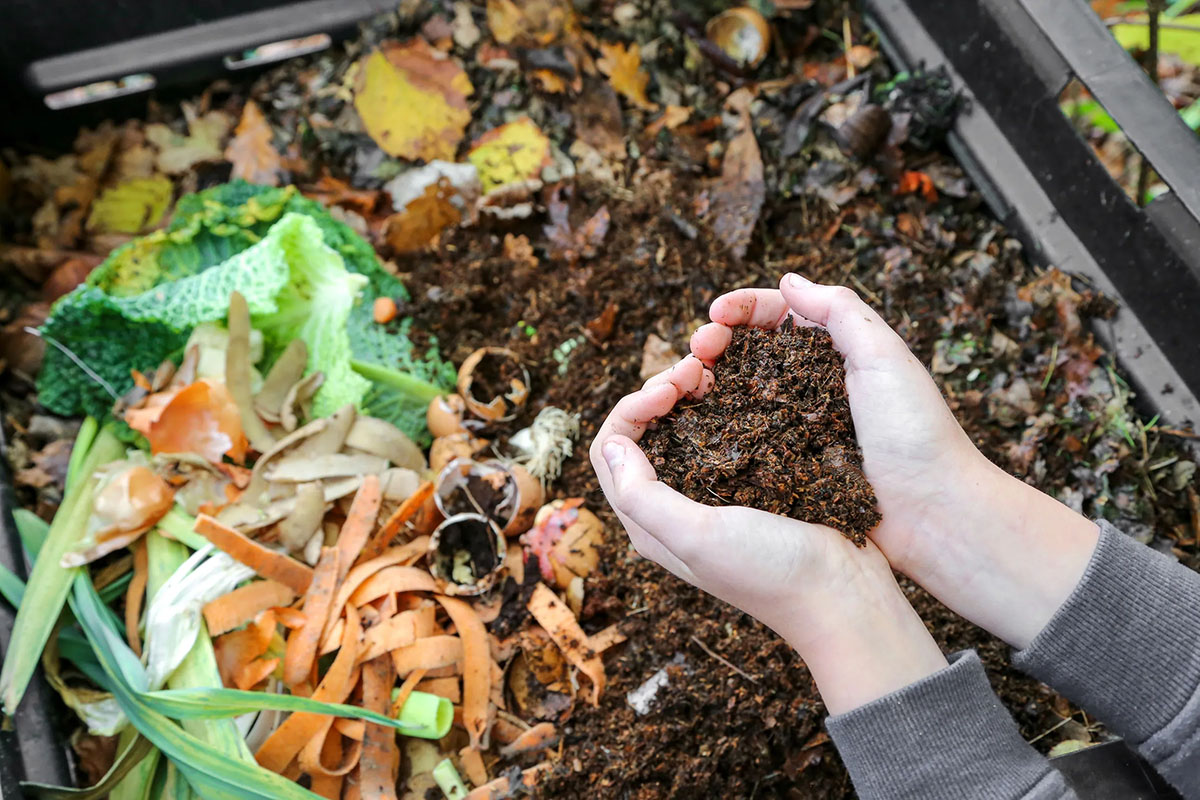
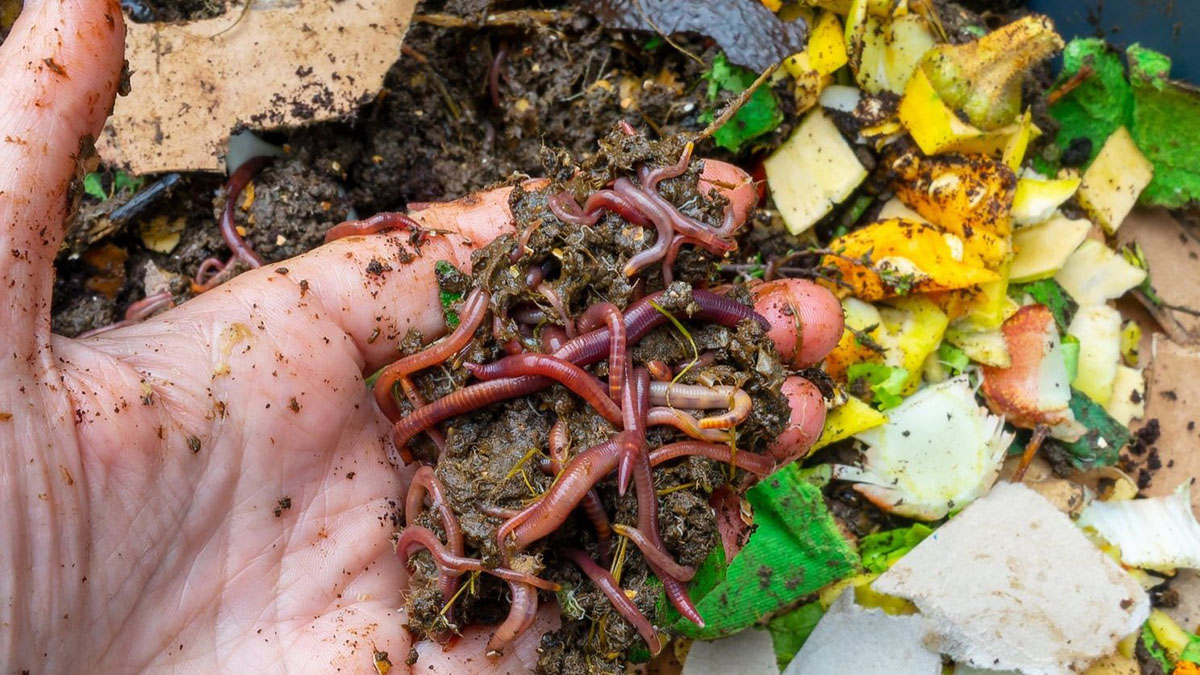

0 thoughts on “How To Keep Bugs Out Of A Compost Bin”